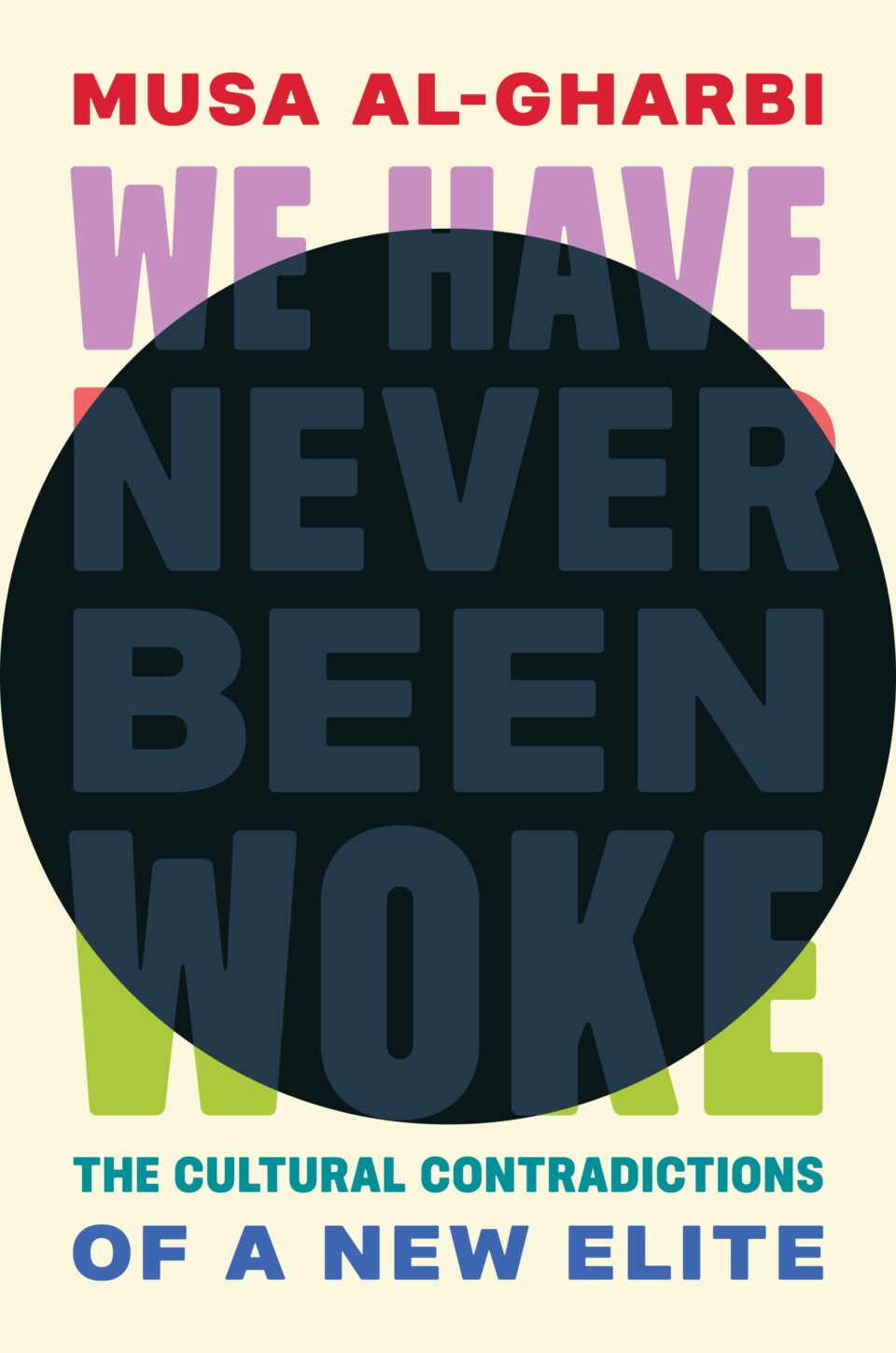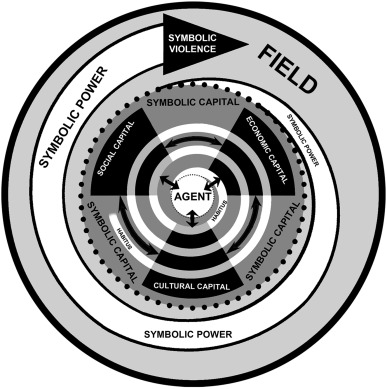Negative Citations: Textbooks & Journals
In “The Temporal Structure of Scientific Consensus Formation” (American Sociological Review. Vol. 75, No. 6: pp. 817-40), Shewd & Bearman developed an innovative method for tracking the emergence of scientific consensus over time by relying on scientific citation networks.
One of the more prominent critiques of their paper included a charge that the duo had not seemed to adequately account for negative citations—that is, times when an author or idea is raised in the literature with the explicit intent of critique or refutation.
In their response, “Symmetry is Beautiful: Reply to Bruggman, Traag, and Uitermark” (American Sociological Review. Vol. 77, No. 6: pp. 1064-9), Shewd & Bearman demonstrate that negative citations should not necessarily be considered separately from positive citations. In many respects, they send the same basic signal:
Authors and ideas are singled out for negative citations precisely because they are viewed as influential or authoritative—they are worth responding to. People are talking about it because it is perceived to matter.
With this in mind, in addition to tracking my positive citations in academic literature, I have begun tracking negative citations as well in order to glean a fuller understanding of my academic impact:
“Forget About the Islamic State, Focus on the United States” cited in:
Bradford, William. “Trahison des professeurs: The Critical law of armed conflict, academy as an Islamist fifth column.” National Security Law Journal. Vol. 3, No. 2: pp. 278-461. (see note 687)
- Incidentally, this article generated so much blowback that the journal’s editor in chief conceded that it was a “mistake” to publish it. Mr. Bradford himself was forced to resign from his post at West Point in the aftermath of the piece, which depicted Muslim academics who were critical of U.S. foreign policy as enemy combatants who could legitimately be targeted by the state. More on that story available in the Washington Post, here.
“The Myth and Reality of Sectarianism in Iraq” cited in:
Haddad, Fanar. “’Sectarianism’ and Its Discontents in the Study of the Middle East.” Middle East Journal. Vol. 71, No. 3: pp. 365-82. (See footnote 37)
ibid. Understanding’Sectarianism’: Sunni-Shi’a Relationsin the Modern Arab World. Oxford University Press, 2020 (see page 29).
“Syria Contextualized: The Numbers Game” cited in:
Abu Ahmad, George. “Order, Freedom and Chaos: Sovereignties in Syria.” Middle East Policy. Vol. 20, No. 2: pp. 47-54.
- In this instance, I issued a rejoinder to Abu Ahmed’s arguments, which was also published in Middle East Policy, available here.
“Dylan Roof Was Not an Aberration” cited in:
Franz, Margaret. “The South Shall Rise Again: Setting the Lost Cause Myth in the Future Tense in Dylan Roof’s Manifesto.” Rhetoric, Race, Religion, and the Charleston Shootings: Was Blind but Now I See. Lexiginton Books, 2019 (see pp. 10-11, 24).
- Author gently disagrees with an argument made in the Salon article.

